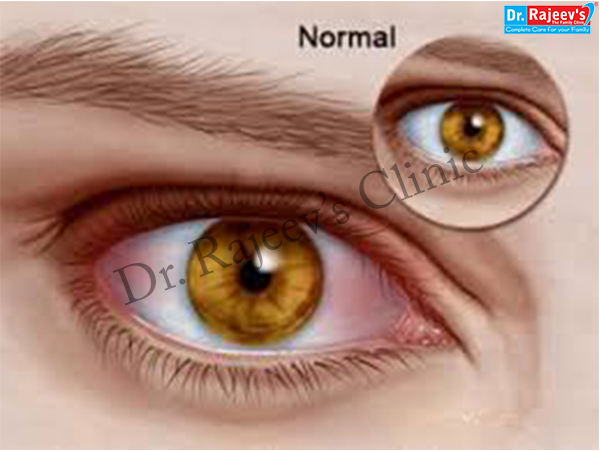

Patient complains of severe pain in the eye preventing sleep. On inspection, the circum-corneal area is congested and looks red. Photophobia and lachrymation are present and the affected pupil is smaller than the other. The condition may be ACUTE IRITIS.
This inflammation of the iris can be of three types- rheumatic, syphilitic and tubercular. The inflammation may occur from local trauma or it may be an extension of conjunctivitis of keratitis. Focal infection from teeth, tonsils, urethra, tuberculosis, leprosy or syphilis including ankylosing spondylitis, infections fever, rheumatoid disease may also cause iritis. Metabolic disease like gout, diabetes mellitus bare also responsible for the same. In many cases, the cause cannot be found.
Symptoms include pain, mainly localized to the eye and is deep seated, photophobia and lachrymation. The vessels in the eyes are engorged red. The pupil is at first small, later it becomes irregular.

Management and Treatment
Rhus toxicodendron has swollen, red, oedematous orbital cellulitis. Photophobia. Profuse flow of yellow pus- suppurative iritis. Iritis after exposure to cold, dampness; or of rheumatic origin. Eye painful on turning the eyeball. Often develops ptosis and paralysis of the eyeball muscles.
Spigelia anthelmia patient complains of pressive pains on turning the eyes. Pupil is dilated, eyes feel too large. Photophobia; rheumatic ophthalmia. Eyes are red, sore, drawing ache. Profuse lachrymation, severe pain around the eye, extending deep into the socket. Ciliary neuralgia.
Kalmia latifolia has painful and a stiff, drawing sensation when moving the eyes. Rheumatic iritis. Vision becomes dark while looking down. Eyelids are stiff and pain is increased by moving the eyes. Itching in eyes, stinging when rubbing them.
Kalium iodatum is indicated in syphilitic iritis. Constant ascillation of the eyeball. Lower lids twitch. There is oedema around the eyes. Eyes are puffy, burning and watery. Profuse lachrymation.
Mercurius corrosivus suits normal or syphilitic iritis. Much burning and soreness of the eyes. Deep ulcers on the cornea; acrid lacgrymation with extreme photophobia. Iris is muddy in colour, thick and neither contracts or dilates. Lids are oedematous, red and excoriated. Often there is double vision.
Nitricum acidum corresponds to syphilitic iritis. There are sharp, sticking pains in the eyes. Diplopia. Ulcerations on the cornea. Constant lacrymation and photophobia. Paralysis of the upper eyelids.